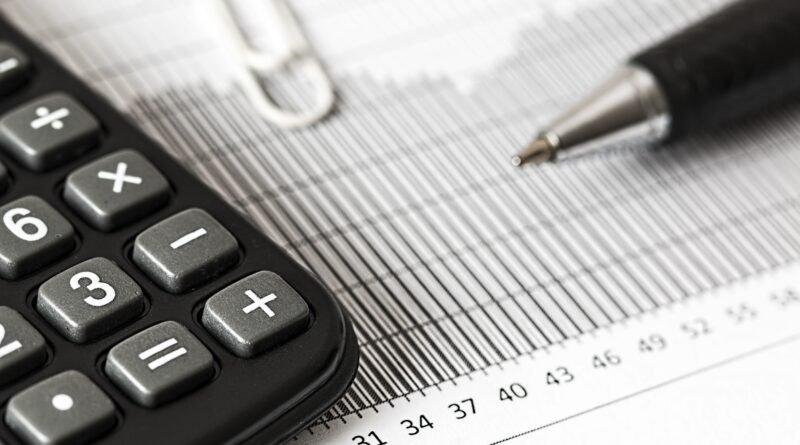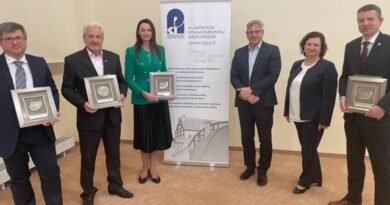Development of the Lithuanian economy at the turn of the year
The publication of today’s GDP data gives a sense of deja vu, as if it were a repetition of data from April last year. As then, now economic activity data are better than many expected. Looking to the future through the fog of still difficult-to-predict pandemic and quarantineprocesses, it is difficult to see the turning points in economic development. However, the light at the end of the tunnel is shining: although only moderate economic growth is expected this year, the projected management of the pandemic should lay a solid foundation for a rapid economic recovery in 2022.
Commented by Darius Imbrasas, Chief Economist of the Macroeconomics and Forecasting Division of the Economics Department of the Bank of Lithuania:
The acceleration gained in the summer and autumn months was enough to offset the negative effects of the second quarantine introduced in early November and to keep the change in GDP positive. According to the preliminary estimate published by the Lithuanian Department of Statistics, in the last quarter of 2020 GDP grew by 1.2%, compared to the Q3 of 2020. GDP was down by only 1.3% for the whole of last year. According to the available data, the services sector has been hit hardest so far by the quarantine restrictions. Many exporting sectors, especially manufacturing, have performed well.
The introduction of the second quarantine has affected the economic sector differently. Its most directly affected activities are catering and accommodation, tourism-oriented and entertainment activities. For example, the turnover of catering services in October, before the introduction of quarantine, was only 10% lower than before the spread of COVID-19. On the other hand, in December it accounted only for 50 percent of the previous level (a similar volume of activity turnover was in May). For many other, only partially restricted activities, the turnover so far has decreased significantly less than during the first quarantine. For example, the decline in retail turnover is still relatively small, and the turnover of some of its branches in December was still higher than a year ago.
In December the production volume of half of the manufacturing branches was higher than a year ago, and a third of it even grew at the fastest pace last year (furniture and wood industry, production of rubber and plastic products, production of metal products). These trends are also reflected in corporate sentiment: with the introduction of the second quarantine, business confidence in trade and services companies has deteriorated the most, while industry has not yet started to deteriorate. Economic activity is more affected by supply factors (mainly restrictions) than by insufficient demand. Current trends give the impression that both companies and employees have been able to adapt fairly well during quarantine. This suggests that the impact of the second quarantine, if not significantly longer than the first, will be less on economic activity. A softer economic adjustment, combined with generous state support for business, should help maintain a relatively favorable labor market position for workers. This is partly reflected in the still rapid rise in wages, which, according to Sodra, continued to grow by more than 10% annual rate.
Overall, households managed to save € 1.1 billion in the first three quarters of last year due to rising household income, limited consumption and fewer new financial commitments than before. The results of non-financial corporations are also positive. Although they have faced enormous challenges, they have saved € 3.6 billion thanks to generous government support, relatively minor decrease in profitability, reduced investment and fewer new financial commitments. than before. A larger part of these funds were directed to increase liquidity. Although the situation of individual households or non-financial enterprises may differ radically, in general, such trends not only increase the resilience of households and non-financial enterprises to the prevailing challenges, but also create conditions for a strong recovery of the Lithuanian economy after the COVID-19 pandemic.




